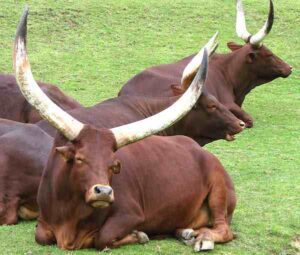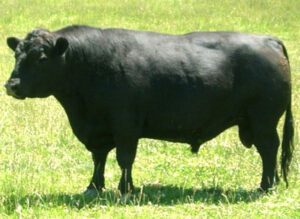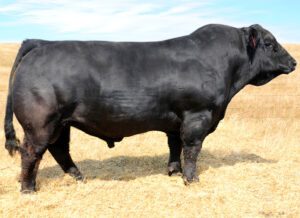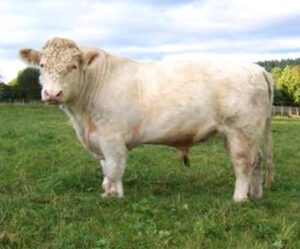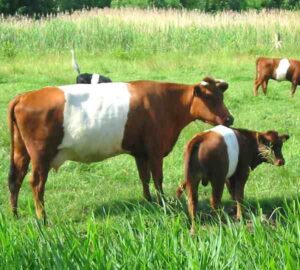You need to know about how to make silage for dairy cattle, if you want to ensure nutritious food for your animal throughout the year.
As we have mentioned previously ‘silage is the fermented and high-moisture stored fodder which can be fed to livestock animals’. Silage is very effective and nutritious food for the dairy cattle.
The process of making silage for dairy cattle does 2 things. First it ferments the sugars to form acids and then breaks down the forage proteins into simpler compounds. And the silage is very palatable, laxative and highly digestible for the dairy cattle.
Silage is very effective for the dairy cattle, especially during the periods of scarcity of green forage. Actually green forage is very important for producing milk, and silage can meet up the demand of green forage.
The process of making silage for dairy cattle involves fermentation under anaerobic conditions. And it prevents the fresh fodder from decomposing and allows it to keep it’s nutrient quality.
For organic acid production, it requires sufficient soluble carbohydrates or sugars. Adding molasses to the fodder provides adequate sugars.
So adding molasses to the fodder is recommended, and it enables the bacteria to produce the organic acids immediately. The more molasses you add, the faster the acidification and preservation process will occur.
Why Feeding Silage to Your Cows?
Silage is highly palatable, laxative, easily digestible and highly nutritious. And storing silage requires less floor area than storing hay.
Feeding the dairy cows with silage ensure high milk production and it also ensure healthy animals. Silage is very good for the dairy animals, especially during dry seasons.
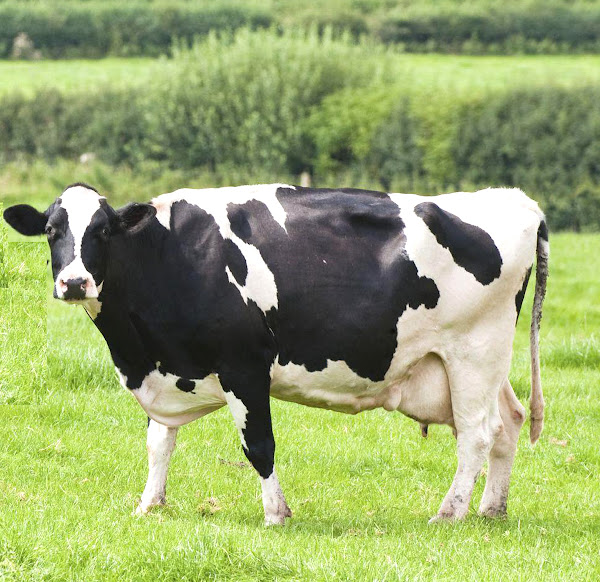
Silage Nutrition
According to Wikipedia ‘Silage is very nutritious for the dairy cattle’. The silage bacteria act on the cellulose and carbohydrates in the forage to produce volatile fatty acids such as acetic, propionic, lactic and butyric acids during fermentation.
And these create a hostile environment for competing bacteria might cause spoilage by lowering pH.
The VFAs thus act as natural preservatives, in the same way that the lactic acid in yogurt and cheese increases the preservability of what began as milk, or vinegar preserves pickled vegetables.
And when the green forage is unavailable, this preservation action is particularly important during winter in temperate regions.
The modest acidity has the effect of improving palatability and provides a dietary contrast for the animal when the silage is prepared under optimal conditions.
Several of the fermenting organisms produce vitamins (for example, lactobacillus species produce folic acid and vitamin B12).
The fermentation process that produces VFA also yields energy that the bacteria use (some of the energy is released as heat).
Thus the silage is modestly lower in caloric content than the original forage (in the same way that yogurt has modestly fewer calories than milk).
And this loss of energy is offset by the preservation characteristics and improved digestibility of silage.
How to Make Silage for Dairy Cattle?
Probably you are wondering how to make silage for dairy cattle? Actually making silage for the dairy cattle is very easy.
The entire process for making the silage is called Ensiling and it can take almost 2 to 3 months for the fermentation to occur. Silo is the container or structure where the silage is stored.
Preserving the green fodder through ensiling is proved to be an economical way of feeding dairy cattle.
The silage can be stored for almost 2 years once prepared. And good quality silage doesn’t contain butyric acid. However, here we are describing everything about how to make silage for dairy cattle.
What Crops are Good for Making Silage?
Maize, oats, millet, sorghum and hybrid Napier are considered very good for making silage. And the quality of the silage obtained from these crops can be improved by adding molasses, urea or forming acids.
Prerequisites for Making the Silage
Some prerequisites for making the silage for dairy cattle are mentioned below.
- Never harvest the crop during rainy season for making silage.
- Determine the pit size before starting to make silage.
- Ensure there are walls in the silo which will be used to make silage. The walls will help to prevent the entrance of air, as the flow of air into the silage will spoil the silage.
- The crop that is being used for making silage should neither be too dry nor too wet. The stems of the crop should be solid with minimum air in the mass. And crush the hallow stems before using.
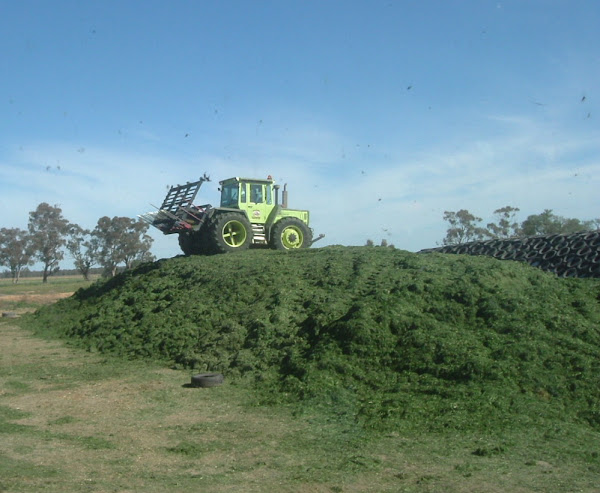
- Wilt the grass for few hours before ensiling. It will be better if the moisture content is less than 70-75 percent. And this helps in the butyric acid type of fermentation.
- Chop the crop into smaller pieces, because shorter length of the material faciliates immediate bacterial fermentation and produces acid very rapidly. The minimum size of the chopped pieces should be about 1-1.5 inch in length.
- Before starting, decide the proper ratio of the ingredients.
- You can add some extra things for making the silage even better. And such extra things are salt, urea, molasses etc. Adding all these things will help to improve the quality of the mixture.
- Fill the silo properly by distributing the copped greens and other materials uniformly throughout the silo.
- After filling the silo, don’t forget to cover it with soil or something heavy materials.
What Materials Needed for Making 1 ton of Silage?
For making 1 ton of silage, you will need the following materials. By adding all these materials you will be able to make better quality silage for your dairy cattle.
- 1 kg of molasses
- 1 kg of salt
- 1 kg of urea
- 1 kg of di calcium phosphate
- 1 kg of mineral mixture and
- Lactic acid bacteria
Pit Preparation for Making Silage
The best quality silage is prepared from cereal fodder crops like millet, oats, maize, sorghum and barley. Because these crops are rich in carbohydrate or sugar content.
You should harvest the greens at milking to dough formation stage, especially when the moisture content is around 70-75 percent. Chop the fodder to the size of 1-2 inches and fill the pit.
For making 1 ton silage, the pit size should be 1 x 2 x 1 cubic meter. Select the area where there is no water logging problem. Surround the pit by thick plastic on all sides. Or you can also make concrete pits for making silage.
Making the Silage
Mix all the materials listed above in a drum and add some water into it. Then place the chopped greens into the pit and spread the diluted solutions into it. Don’t forget to sprinkle the solution evenly on the greens.
Use a garden sprayer for distributing the solution. Sprinkling this solution will help in feeding the micro-organisms (for making the silage ferment quickly and saving the silage from rotting).
Then press the greens with feet or something heavy. This is required for making the air out and also protecting the greens from fungal attack. Do this very carefully, because very little air can even cause the fungus and damage the forage.
After spreading one layer, add another layer and repeat the whole process. Add more chopped greens into the pit after pressing and making more room inside the pit. Repeat sprinkling molasses solution and press again. Do this continuously until the pit is filled in your desired shape.
And finally cover the pit with polythene sheet after final pressing. Covering the top is important, especially for preventing the silage from any water contact. It will be better, if you can cover the top with heavy things after covering it with polythene. Soil, bricks, stones or other heavy things will be very good for covering the top.
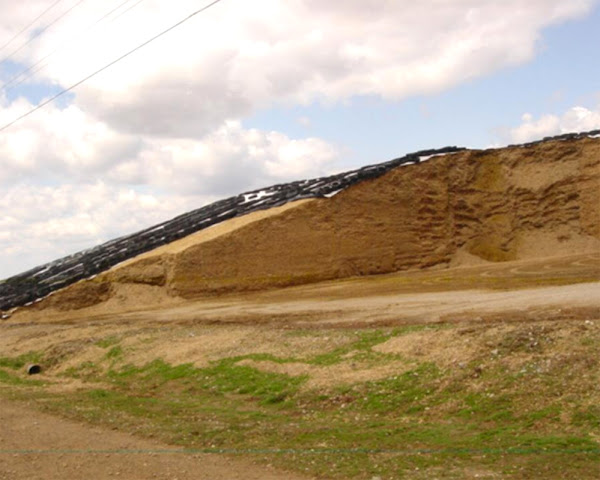
Leave the Pit
After doing everything perfectly, leave the pit for several weeks or months. Waiting for 2-3 months before using will be very good. Because it will take about 2-3 months to make better quality silage. Properly made silage can be kept for longer periods of time (more than 2 years).
Using the Silage
After 2-3 months, open the pit from the lower side of the of the pit for using the silage. Then take enough silage fodder for one day and close the pit again. Repeat the process when you need silage for feeding your dairy cattle.
These are the ways for making silage for your dairy cattle. Silage made by following these method is of very good quality and become very good for feeding your dairy cattle. And this silage will increase the overall milk production of your dairy animals.
A dairy cow is fed depending on the body weight. Or generally given about 6 kg to 15 kg of silage daily.
Don’t feed the silage to your dairy cattle immediately before or during milking (instead feed fresh grass, hay, legumes or concentrates during this time).
Clean the bunks and corners of the feeding trough after feeding the dairy cows with silage. This will help to prevent contamination. Good luck & God bless you!

